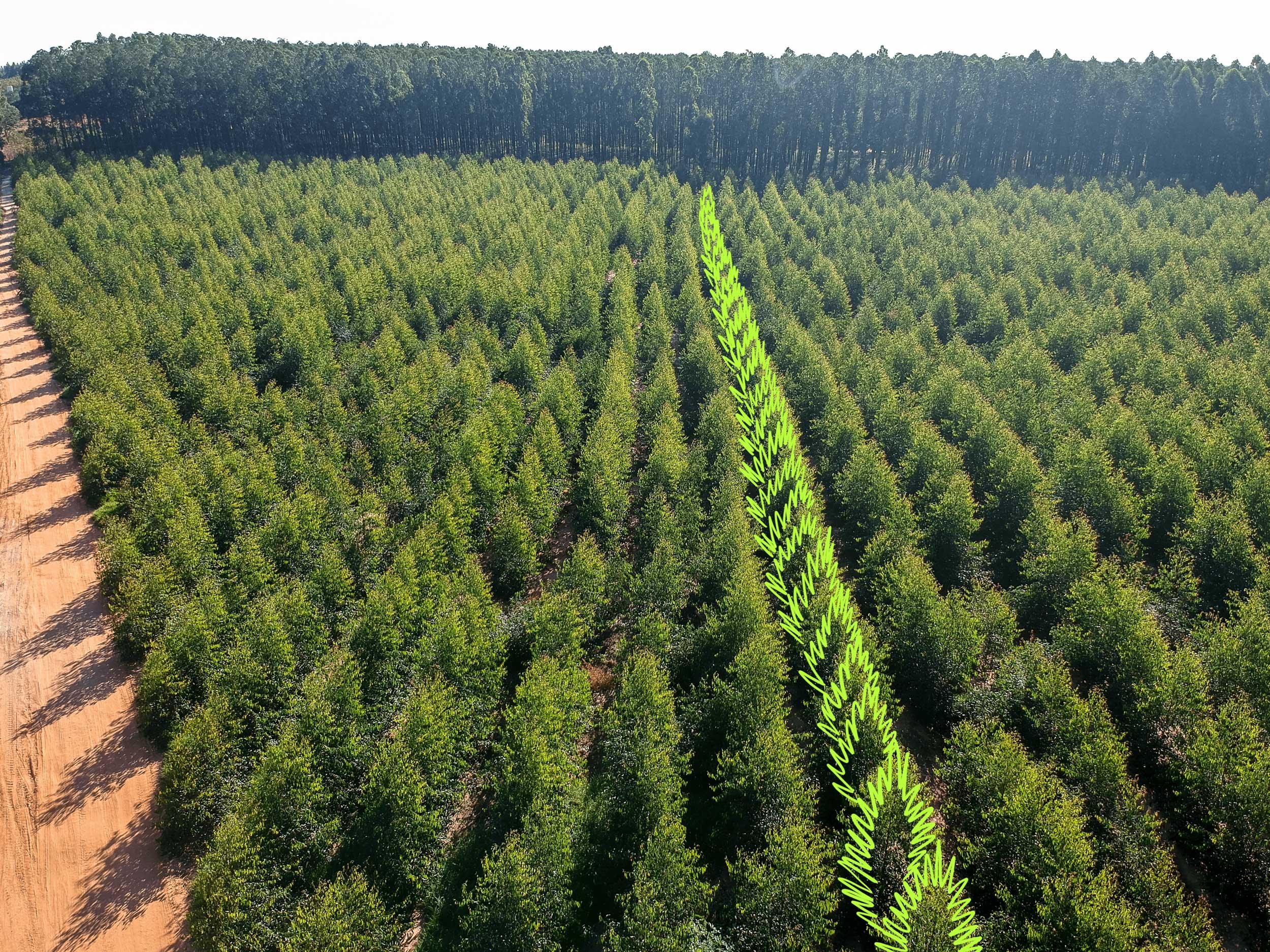
2
How is sustainability managed?
For Stafford, we use four key methods to manage and monitor the sustainability of our clients’ timberland investments. These are:
The choice of investment;
The choice of investment region;
The choice of manager; and
The use of third party certification to independently verify management practices.
These are summarised as follows.
2.1 The choice of investment
The choice of investment has a large impact on potential sustainability risks. Stafford’s overarching investment strategy is to invest in established plantations and timberlands with a long history of responsible management.
2.2 The choice of investment region
Each timberland investment region has its own set of legislative obligations, local authority policies and industry codes of practice, all of which will be policed to different degrees. New Zealand is a good example where the timberland industry is well regulated through:
The Forests Act (1949), amended in 1993;
The Crown Forest Assets Act (1989);
The Resource Management Act (1991); and
The New Zealand Forest Code of Practice (1990), updated in 1993.
2.3 The choice of manager
Stafford tracks a significant number of timberland managers internationally, including:
Highly developed Timberland Investment Management Organisations (TIMOs) that manage large pools of institutional capital;
Large timberland management groups overseeing operations for hundreds of thousands of hectares; and
Numerous small managers overseeing small, local investments.
Managers have different perspectives on sustainable management, different levels of policies in place and varying capacities to monitor and manage these policies. While better resourced managers typically have better procedures, many small managers also have a strong sustainability focus and, in some instances, can have a greater hands-on approach.
Stafford currently has 16 key timberland manager relationships, spread across the tiers of managers described, with each manager having passed a standardised due diligence process, incorporating:
Office and site visits;
Third party reference checks;
A manager checklist with a specific section focusing on sustainable management; and
Follow up monitoring, formally through annual reviews and quarterly management reports, and informally through subsequent site visits.

2.4 Third party certification
Third party certification describes a process of independent auditing to a set of pre-defined principles of sustainability, which once passed, provides access to a brand name or logo that acknowledges compliance with the principles.
The major schemes adopted by our managers include:
The Forest Stewardship Council (FSC), an example of a global standard that is available to forest managers in all of Stafford’s investment regions;
The Sustainable Forestry Initiative (SFI), a US based scheme endorsed by the Programme for the Endorsement of Forest Certification (PEFC), a global umbrella group that aims to help establish national schemes; and
Responsible Wood (previously the Australian Forestry Standard), is an Australian and New Zealand based scheme which, like the US based SFI, is endorsed by the PEFC global standard.
Over the past decade the use of forest certification has grown significantly amongst forest managers. For example, the total global area of forest certified under PEFC has increased from 194 million hectares in 2006 to around 330 million hectares today.
Sustainability certification is increasingly linked to, but is not the same as, chain-of-custody certification (CoC). CoC certification aims to track wood products from the forest to the processor and the distributor, and ultimately to the end consumer so that the consumer can make a choice between certified sustainable and uncertified wood products.
Certification also provides timberland managers a means to comply with and report against socially responsible investment (SRI) policies.
It may be of interest to readers to review the ten founding principles of FSC certification presented in Appendix 1. These not only cover forest management specific criteria, but also non-forestry issues, including compliance with relevant laws, proof of tenure, indigenous people’s rights and workers’ rights.
Certification also helps address the issue of modern slavery and is particularly relevant to the introduction of legislation such as the Australian Modern Slavery Act 2018 and its associated reporting obligations. FSC addresses this through Principle 1, the organisation shall comply with all applicable laws, regulations and nationally ratified international treaties, conventions and agreements. Indicators directly reference compliance with International Labour Organization (ILO) core conventions. PEFC’s Sustainable Forest Management Standard has similar linkages per reference criteria 3.5 and section 5.6.13 that state Forest Management shall also comply with ILO conventions.





